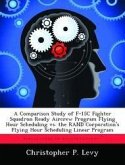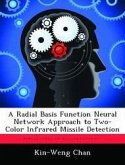Helicopter main rotor smoothing is a maintenance procedure that is routinely performed to minimize destructive airframe vibrations induced by non-uniform mass and/or aerodynamic distributions in the main rotor system. This important task is both time consuming and expensive, so improvements to the process have been long sought. Traditionally, vibrations have been minimized by calculating adjustments based on an assumed linear relationship between adjustments and vibration response. In recent years, artificial neural networks have been designed to recognize non-linear mappings between adjustments and vibration response. This research was conducted in order observe the mathematical character of the adjustment mapping of the Vibration Management Enhancement Program's PC-Ground Base System (PC-GBS). Flight data from the UH- 60, AH-64A, and AH-64D were utilized during the course of this study. What has been determined is that, in a majority of situations, the neural networks of the PC-GBS produce adjustments that can be reproduced by a linear algorithm, thus implying that the character of the mapping is in fact linear.
Hinweis: Dieser Artikel kann nur an eine deutsche Lieferadresse ausgeliefert werden.
Hinweis: Dieser Artikel kann nur an eine deutsche Lieferadresse ausgeliefert werden.








